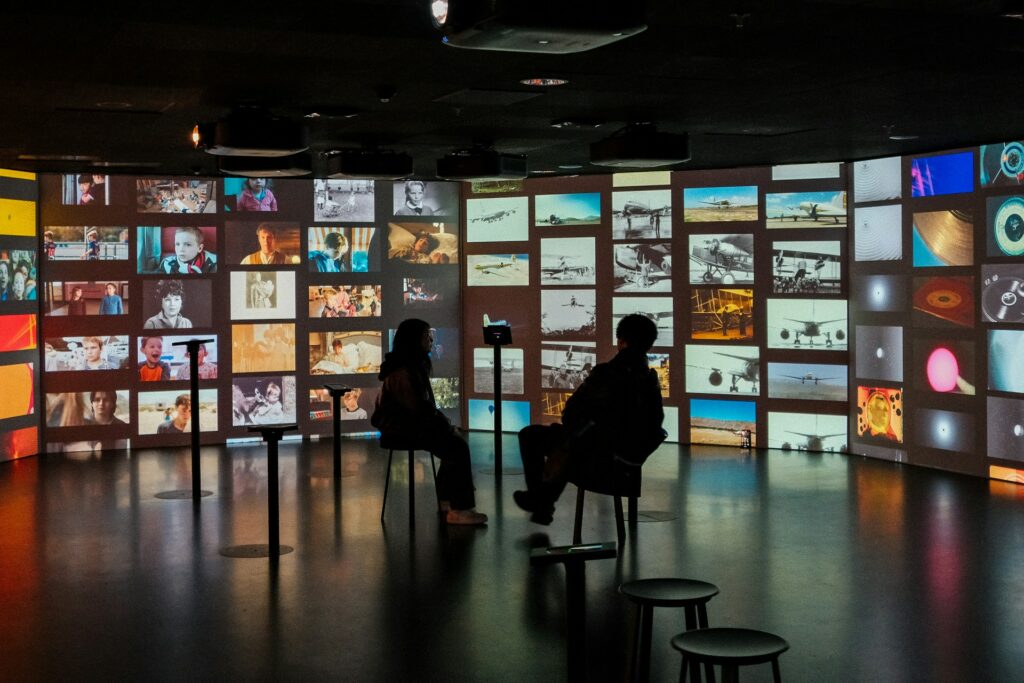Social media live streams have contributed to the growth of citizen journalism.

Social media live streams have contributed to the growth of citizen journalism.
For the most of modern history, the authority to report the news has been held by professional journalists who are employed by well-established media companies. However, in today’s world, the emergence of cellphones, high-speed internet, and social media platforms has given regular people the ability to become reporters and report on events as they happen. Citizen journalism, which is particularly prevalent on social media platforms that allow users to broadcast live video feeds, has developed into a worldwide phenomenon. It is transforming the way that people consume, trust, and engage with news. Citizen journalists are often among the first to arrive at the site of protest coverage and breaking news events, disseminating reports before established news channels are able to react to the situation.
1. What Does Citizen Journalism Entail?
Citizen journalism is the term for the reporting of news by those who are not employed by professional media organizations. Live streams, raw video, tweets, and blog postings are some of the forms that it often takes rather than polished reporting. The immediacy and authenticity that it provides, which allow it to present viewpoints that major media channels may overlook or underreport, are where its true worth rests.
2. The Role of Social Media Live Streaming
Now that platforms like Facebook Live, Instagram Live, YouTube, and TikTok have made it possible for anybody with a smartphone to become a prospective broadcaster, the internet has become a powerful tool for citizen journalism. Citizen journalists are able to provide coverage of events as they are occurring in real time because to live streaming, which eliminates editing delays and allows them to provide unfiltered coverage of events as they are happening on the ground. Audiences are able to experience a feeling of immediacy that conventional reporting sometimes fails to provide due to this real-time access.
3. Breaking News as It Happens
Citizen journalists are often the first to arrive to the scene of an incident, even before the professional media. Live broadcasts enable immediate coverage of a wide range of events, from natural catastrophes to political demonstrations, allowing people all around the globe to see history unfold in real time. In the event of an emergency, this immediacy may even save lives by informing communities and authorities more swiftly than official channels would.
4. Genuineness and Confidence
In comparison to news pieces that have been edited, viewers tend to think of information that is broadcast live as being more genuine. The feeling of transparency is encouraged by the genuine and unedited character of citizen journalism. Nevertheless, this same authenticity has the potential to be deceptive if the film is lacking in context or if it has been edited. In such cases, issues arise over the truth of the footage and who is accountable for it.
5. Social Movements and Journalism by Citizen Contributors
Citizen journalism has played a major role in the growth of momentum for a number of social movements. Live broadcasts have bypassed conventional media gatekeepers, amplifying the voices of those who have been disenfranchised, from the Arab Spring to current climate demonstrations. Stories that might otherwise go unnoticed are brought to the forefront via social media platforms, which encourages action and raises awareness of global issues.
6. Complications with the Verification Process
When it comes to citizen journalism that is broadcast live, one of the most significant disadvantages is the difficulty in confirming its correctness. Misinformation is able to spread rapidly when there is no editorial control. Viewers are required to depend on their own judgment and cross-reference with other sources in order to evaluate reliability. When it comes to professional media sources, the use of citizen film necessitates thorough fact-checking.
7. Dangers for Non-Professional Journalists
In contrast to professionals, citizen journalists often do not possess the same level of training, legal safeguards, or safety equipment. When they are covering demonstrations, wars, or catastrophes, they may be exposed to substantial hazards, ranging from physical violence to government spying. The need for more robust safeguards and more unambiguous rules is made evident by their fragility.
8. The Reaction of the Traditional Media
Citizen journalism is now included in the reporting of a large number of major news organizations. Live-streamed material is often used in broadcasts, and credit is given to the people who are on the ground at the time. This partnership bridges the gap between conventional journalism and grassroots reporting while simultaneously expanding coverage.
9. How Algorithms and Virality Play a Part
The algorithms used by social media platforms have a significant impact on selecting whether live broadcasts are able to reach a large number of people. If a stream of information becomes popular, it may spread like wildfire in a matter of minutes, influencing the public’s perceptions of events before official reports are released. Citizen journalism is both surprising and important because of the democratization of exposure that has taken place.
10. The Future of Journalism by Citizens
It is probable that citizen journalism will grow more sophisticated as the technology associated with live streaming continues to develop. Technologies such as augmented reality (AR), geotagging, and real-time fact-checking have the potential to improve credibility and engagement. Citizen journalism will continue to serve as a supplement to conventional reporting, ensuring that a greater number of perspectives are heard in the global media environment, despite the fact that problems continue to exist.
The manner in which news is produced and received is being revolutionized by the rise of citizen journalism, which is being facilitated by social media live streaming. The ability to provide reports immediately from the site of the event is now available to everyday people. This provides a sense of immediacy and authenticity that professional news channels are not always able to compete with. Citizen journalism has become an important component of the current information ecosystem, despite the fact that difficulties related to verification, safety, and bias continue to exist. Rather of serving as a replacement for conventional media, it contributes to the diversification and immediacy of storytelling in the world. This ensures that the dissemination of news is no longer a one-way discussion but instead becomes a process that is dynamic and allows for participation from all parties involved.




